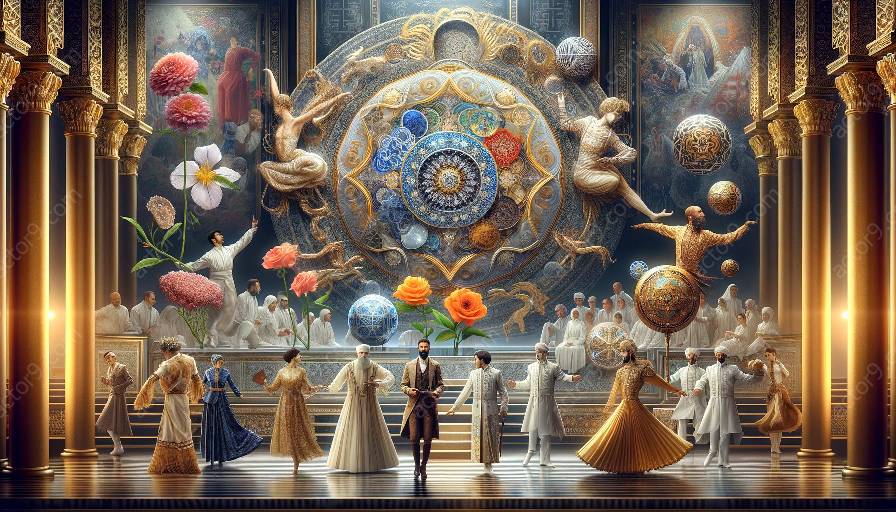The circus has historically been a platform where cultures converge, and in today's globalized world, it continues to play a significant role in representing and celebrating diverse cultures. This topic cluster delves into the intricate relationship between globalization, cultural representation in the circus, and its influence on circus arts.
Cultural Influence in Circus Arts
Circus arts are a vibrant reflection of cultural diversity, embodying various traditions, art forms, and performance styles from around the world. The global exchange of cultural practices has led to the enrichment and evolution of circus arts, resulting in captivating and diverse performances that transcend geographical boundaries.
Globalization's Impact on Circus
Globalization has transformed the circus landscape, enabling the fusion of different cultural elements and artistic expressions. Through globalization, circus acts have become more inclusive and representative of diverse cultural identities, embracing narratives, aesthetics, and skills from a wide array of cultures.
Cultural Representation in Circus
The circus serves as a canvas for cultural representation, showcasing a myriad of traditions, music, costumes, and narratives from around the globe. It provides a platform for artists to express their cultural heritage and allows audiences to experience and appreciate various cultural expressions in a celebratory and entertaining manner.
Exploring Diversity in Circus Arts
As globalization continues to shape the circus landscape, there is a growing emphasis on fostering cross-cultural understanding and appreciation within circus arts. This emphasis has led to collaborative projects, cultural exchanges, and the integration of diverse art forms, fostering a more inclusive and culturally rich circus community worldwide.


































